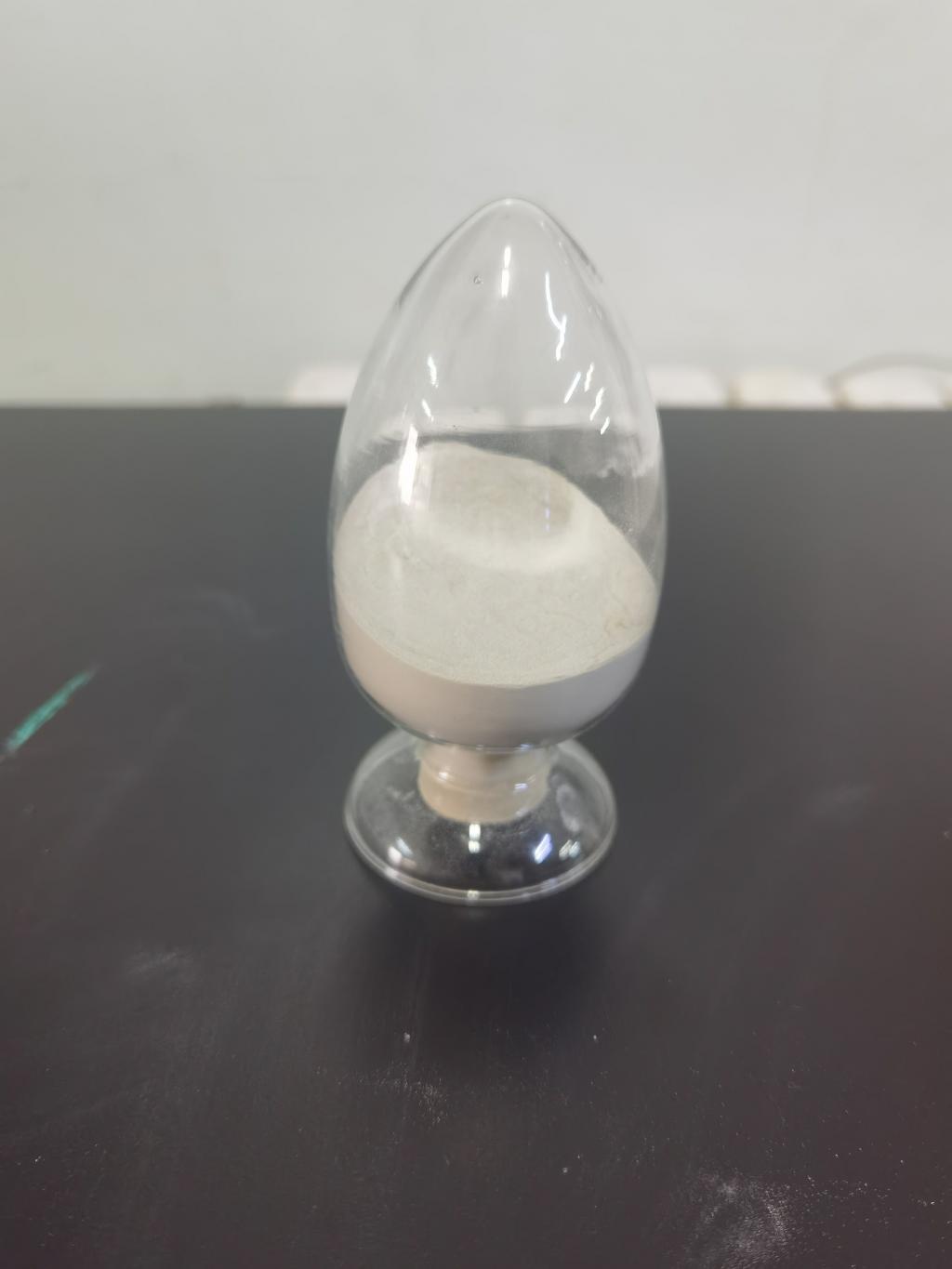Tel:+8618231198596

News
 CONTACT
CONTACT
 CONTACT
CONTACT
- Linkman:Linda Yao
- Tel: +8618231198596
- Email:linda.yao@dcpharma.cn
- Linkman:CHARLES.WANG
- Department:Overseas
- Tel: 0086 0311-85537378 0086 0311-85539701
News
Addressing the challenges of Nisin resistance in target bacteria.
TIME:2024-04-24
Understanding Nisin Resistance:
Nisin resistance can occur through various mechanisms, including:
Alteration of Cell Wall Components: Some bacteria modify their cell wall composition, such as reducing the abundance of lipid II, the target of nisin, thereby decreasing nisin's ability to bind and disrupt cell membrane integrity.
Efflux Pumps: Certain bacteria upregulate efflux pumps, which actively remove nisin from the cell, reducing its intracellular concentration and mitigating its antimicrobial effects.
Genetic Mutations: Mutations in genes involved in nisin susceptibility or regulation can confer resistance, allowing bacteria to survive in the presence of nisin.
Implications for Food Safety:
Nisin resistance in foodborne pathogens undermines the efficacy of nisin-based interventions in food preservation. This poses serious implications for food safety, including:
Increased Risk of Foodborne Illness: Resistant bacteria may proliferate in food matrices despite nisin treatment, leading to the potential for foodborne illness outbreaks.
Reduced Shelf-life of Products: The presence of nisin-resistant bacteria can accelerate spoilage, reducing the shelf-life of RTE foods and minimally processed products and increasing food waste.
Compromised Public Health: Infections caused by nisin-resistant pathogens may be more difficult to treat with conventional antibiotics, posing challenges to public health management.
Strategies to Overcome Nisin Resistance:
Addressing nisin resistance requires multifaceted approaches aimed at:
Understanding Mechanisms: Further research into the mechanisms of nisin resistance in target bacteria is essential for developing targeted interventions.
Combination Therapies: Combining nisin with other antimicrobial agents or physical treatments can synergistically enhance antimicrobial activity and overcome resistance mechanisms.
Genetic Engineering: Engineering nisin variants with modified structures or enhanced activity against resistant bacteria may circumvent existing resistance mechanisms.
Rotating Preservatives: Alternating the use of nisin with other antimicrobial agents can help prevent the emergence of resistance by exerting selective pressure on different bacterial populations.
Monitoring and Surveillance: Regular monitoring of bacterial populations for nisin resistance allows for early detection and intervention to prevent its spread in food processing environments.
Future Directions:
Future research directions should focus on:
Developing Next-generation Antimicrobials: Exploring novel antimicrobial peptides or compounds with distinct modes of action can provide alternatives to nisin and mitigate the risk of resistance development.
Targeted Delivery Systems: Designing delivery systems that enhance the penetration and retention of nisin in bacterial cells can improve its efficacy and reduce the likelihood of resistance.
Systems Biology Approaches: Applying systems biology techniques to study the global responses of bacteria to nisin exposure can provide insights into complex resistance mechanisms and inform the design of effective interventions.
Conclusion:
Nisin resistance presents a significant challenge to its utility in food preservation and food safety. However, by understanding the underlying mechanisms of resistance and implementing targeted strategies, such as combination therapies and genetic engineering, it is possible to mitigate this challenge and preserve the effectiveness of nisin as a valuable tool in food preservation. Continued research and innovation are essential to staying ahead of emerging resistance trends and ensuring the sustainability of nisin-based interventions in the food industry.
- Tel:+8618231198596
- Whatsapp:18231198596
- Chat With Skype







